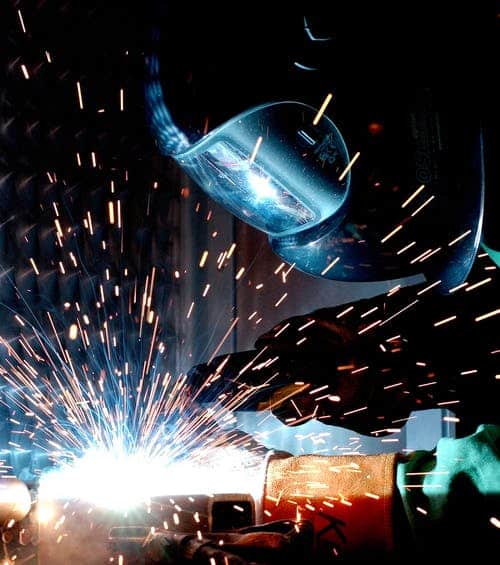The Most Common Workplace Fire Risks
Share
Whilst we may all be enjoying the recent scorching heatwave right now, as well as our sun hat, Element PFP are always wearing our fire protection hat too!
So with that in mind, here are the most common workplace fire risks to take heed of this summer. From all-season fire hazards, to fire risks that are uniquely summer, and across most industries and workplace types.
So here is some fire protection to go with your sun protection!
Office Fire Risks & Fire Protection
Paper
Let’s start with the obvious. Paper is clearly a major and common fire risk within office environments. For that reason, it’s vital that you control the storage, quantity and movement of paper within your workplace. From keeping paper related stock to a minimum, storing it in cool places away from any potential ignition sources, and of course recycling and disposing of it properly. Even better for the digital age in which we live, go paperless where possible!

Electrics
As most people and businesses are aware, electrical devices and sources are a huge fire risk in the workplace. For that reason, it’s imperative, and indeed the law to carry out regular PAT tests on all electric supplies and devices within your premises, ensuring they are in good working order.
Furthermore, the sensible storage and position of electrics is also a key consideration of workplace fire protection. From ensuring sockets are not overloaded, to servers being well positioned and ventilated, assessing your electrics on site is a vital part of fire risk protection at work.
Unsuitable Doors/Poor Compartmentation
A major factor in effective fire protection is implementing strategies to stop the potential ‘spread’ of a fire. The two most effective solutions are fire door installations and a good compartmentation strategy. Fire doors are made to withstand the penetration of fire for far longer than a standard door, and effective and professional compartmentation surveys mean your office can be better structured to contain, control, and/or stop the spread of fire before it becomes a major concern to life and the building in general.
These are just some of the factors to consider when implementing suitable fire protection measures for an office workplace. To book a professional fire risk assessment for your office, click here.
Factory Fire Risks & Fire Protection
Overheating Machinery
In a busy and industrial working environment, machinery overheating is an obvious and potentially enormous fire risk. For this reason, it’s important that machinery is regularly checked, maintained and suitably rested between usage.
Flammable Chemicals & Liquids
Another fire hazard unique to factory and industrial workplaces is the high volume of potentially flammable materials. That’s why it’s of major importance that such materials and liquids are appropriately and safely stored, in cool places and away from anything else that they could violently react with. Furthermore, if less of such substances and materials can be used and stored within an industrial workplace, even better.
Sparks Will Fly

Another unique and high fire risk for this kind of environment is the fact that the nature of work carried out in this setting can produce sparks, which inevitably sets alarm bells ringing in terms of fire risks. An effective way to combat this is for workplaces to follow the required health and safety guidelines surrounding such work. This includes designated spaces to conduct such potentially explosive and fire-spreading work as welding and fabricating.
For more advice on industrial fire protection strategies for your workplace, contact us.
Outdoor Fire Risks & Fire Protection
Materials
For fire risks in outdoor spaces at workplace, the overriding concern is always the placement of potentially combustible materials. Wooden pallets and packaging should clearly be stored and disposed of as safely and efficiently as possible, rather than sporadically taking up space in work yards where the risk of accidents or arson increases. It is also particularly vital in times of hot weather.

Pressurised Containers
Where possible, all pressurised containers and cannisters of gases and liquids should be stored in a designated cool and dry place. If they are kept outside, organisations should endeavour to keep them away from working machinery and active working spaces, and concealed from direct sunlight.
Again, these are just some of the fire risks to consider and combat when looking at workplace fire protection strategies. To learn more or book a fire risk assessment for your workplace, contact Element PFP today.
Read Similar Blogs
Enquire Now and Get a Free Quote!







